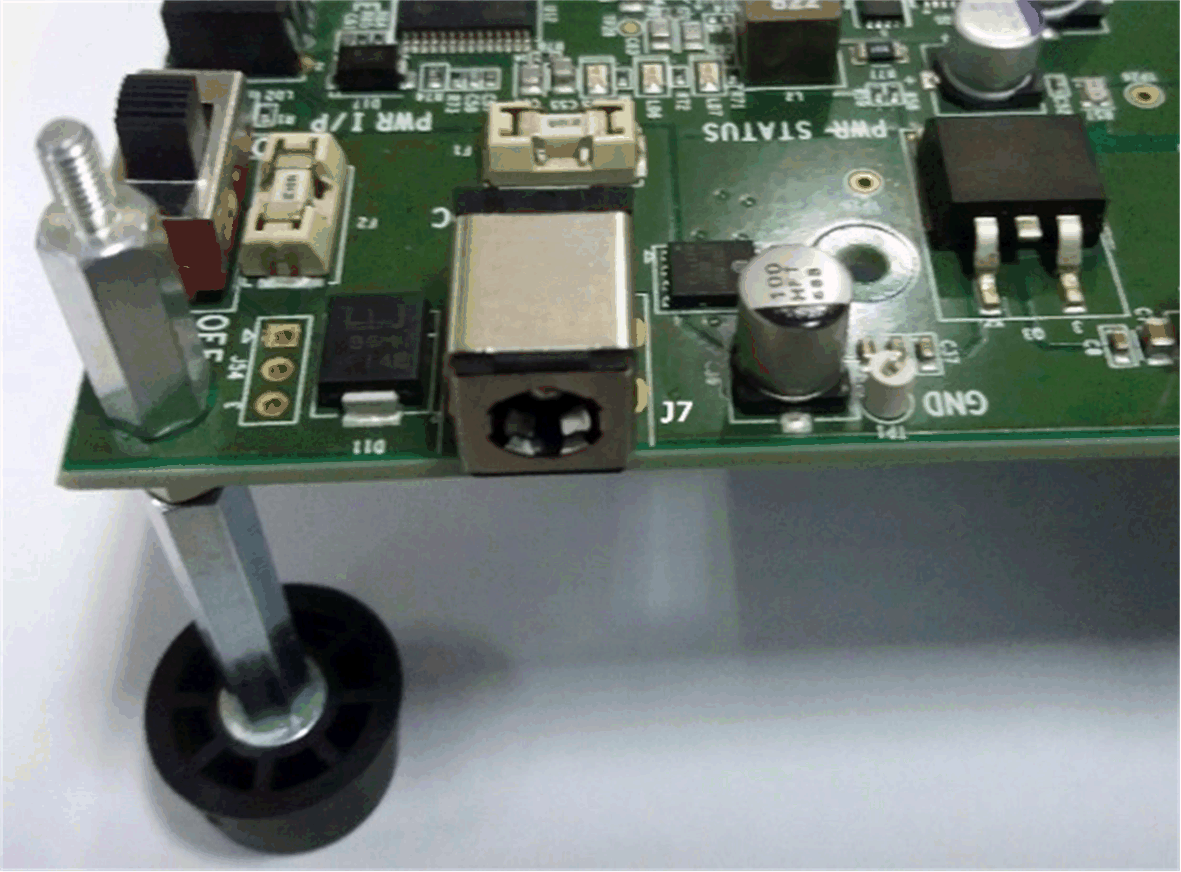SPRUIS4E March 2022 – January 2024
- 1
- Jacinto7 J721E/DRA829/TDA4VM Evaluation Module (EVM)
- Trademarks
- 1Introduction
- 2J721E EVM Overview
- 3EVM User Setup/Configuration
-
4J721E EVM Hardware Architecture
- 4.1 J721E EVM Hardware Top level Diagram
- 4.2 J721E EVM Interface Mapping
- 4.3 I2C Address Mapping
- 4.4 GPIO Mapping
- 4.5 Power Supply
- 4.6 Reset
- 4.7 Clock
- 4.8 Memory Interfaces
- 4.9 MCU Ethernet Interface
- 4.10 QSGMII Ethernet Interface
- 4.11 PCIe Interface
- 4.12 USB Interface
- 4.13 CAN Interface
- 4.14 FPD Interface (Audio Deserializer)
- 4.15 FPD Panel Interface (DSI Video Serializer)
- 4.16 Display Serial Interface (DSI) FPC
- 4.17 Audio Interface
- 4.18 Display Port Interface
- 4.19 MLB Interface
- 4.20 I3C Interface
- 4.21 ADC Interface
- 4.22 RTC Interface
- 4.23 Apple Authentication Header
- 4.24 EVM Expansion Connectors
- 4.25 ENET Expansion Connector
- 4.26 CSI Expansion Connector
- 5Revision History
3.1 Power Requirements
This EVM supports a wide input range of 6 V to 28 V. There is a DC Jack provided for supplying the input power (J7). An external power supply is required to power the EVM but is not included as part of the EVM kit. The external power supply requirements are:
- Power Jack: 2.5 mm ID, 5.5 mm OD
- Nom Voltage: 12 VDC, Recommended Minimum Current: 5000 mA
Table 3-1 Recommended External Power
Supply
| DigiKey Part No | Manufacturer | Manufacturer Part No |
|---|---|---|
| SDI65-12-U-P6-ND | CUI Inc. | SDI65-12-U-P6 |
| SDI65-12-UD-P6-ND | CUI Inc. | SDI65-12-UD-P6 |
EVM’s 2.5 x 5.5-mm DC barrel jack connector (J7) supports 10-A current rating. Polarity outside barrel is Negative/GND, inside post is Positive/PWR.
 Figure 3-1 Connector Used for Power
Input
Figure 3-1 Connector Used for Power
Input